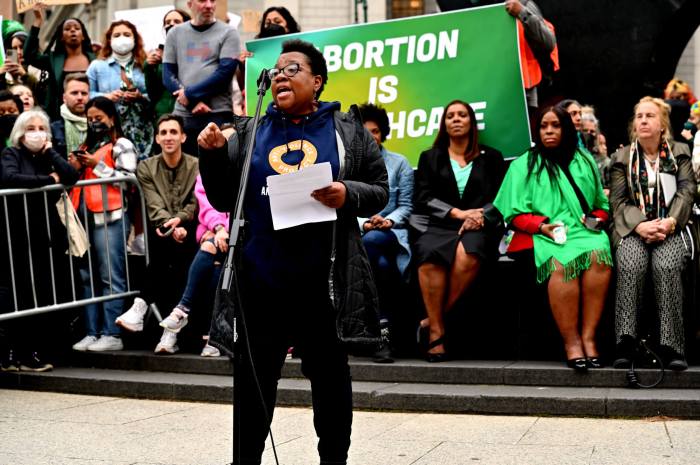Now they can get to the root of it.
The Department of Parks and Recreation must hand over an unredacted report related to the controversial makeover of a corner of Fort Greene Park to a group of locals, a judge ruled on Wednesday.
And the members of neighborhood group Friends of Fort Greene Park, which in April took the city to court to get their hands on the report after receiving a heavily edited version of it, can’t wait to read the documents in full, according to their attorney.
“We will be very interested to read it,” said Michael Gruen, who on the group’s behalf filed an Article 78 motion to challenge the city’s decision to proceed with the redesign.
The locals requested the redacted version of the Parks Department’s report on Fort Greene Park’s history and current condition earlier this year via a Freedom of Information Law request, after filing a separate foil request for another city study on the lawn’s trees, and uncovering that Parks officials fibbed about the health of dozens of the green things in an attempt to advance a $10.5-million plan to remake a corner of the meadow near Myrtle Avenue and Saint Edwards Street.
And when the redacted report on the park’s history and condition arrived with roughly one-third of its 150 pages blacked out, the residents wondered what else the city might be withholding in order to move forward with the makeover — which is set to begin next year after the Landmarks Preservation Commission and Community Board 2 approved it last fall despite significant pushback from some community members.
Following Manhattan Supreme Court Justice Arlene Bluth’s ruling, the Parks Department now has 30 days to turn over the full report, which the friends of Fort Greene Park hope will shed further light on why the city redacted parts of it, and why officials want to chop down perfectly fine trees, according to Gruen, whose clients previously said they may use the newfound information to try to stop the agency from axing some of the green things.
“You wonder why on earth the Parks Department was so insistent on removing about one-third of the report,” the attorney said. “I think that there are clearly flaws with the design of the park, and the concept of removing a very large number of trees.”
And Bluth, in issuing her decision, noted the city did not provide sufficient reason for removing the information it did from the document the group received.
“Respondent also failed to justify the redactions made on the report by mischaracterizing where the redactions began,” the judge wrote in her decision. “The court cannot simply accept respondent’s justifications for its redactions, considering that it appears not to know where those redactions were applied.”
The ruling isn’t just a win for the locals, according to Gruen, who said the decision benefits everyone seeking information from public officials.
“I think the court did a great job of pointing out that the city cannot win a foil case just by saying ‘No,’ ” he said. “It has to really spell out exactly why it’s doing it and I think a lot of agencies don’t get that.”
A Parks Department rep said the agency is currently reviewing the judge’s decision.























